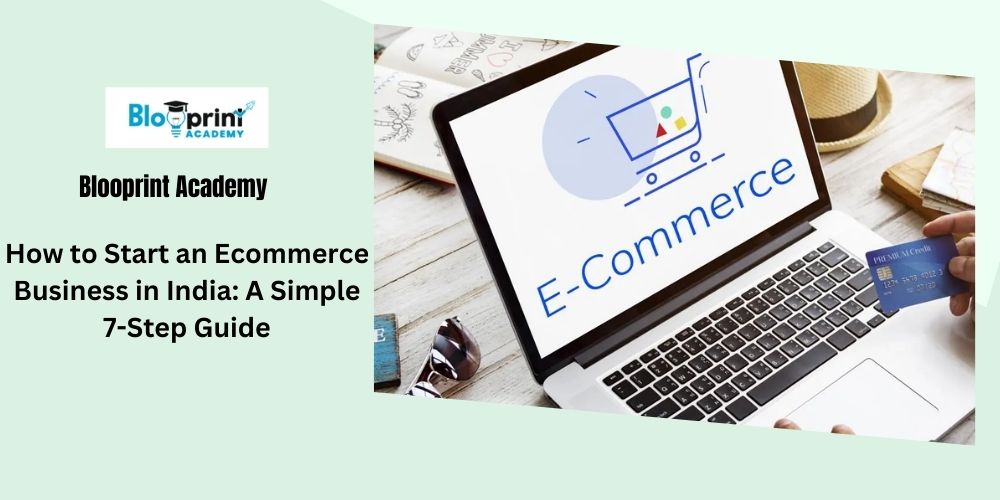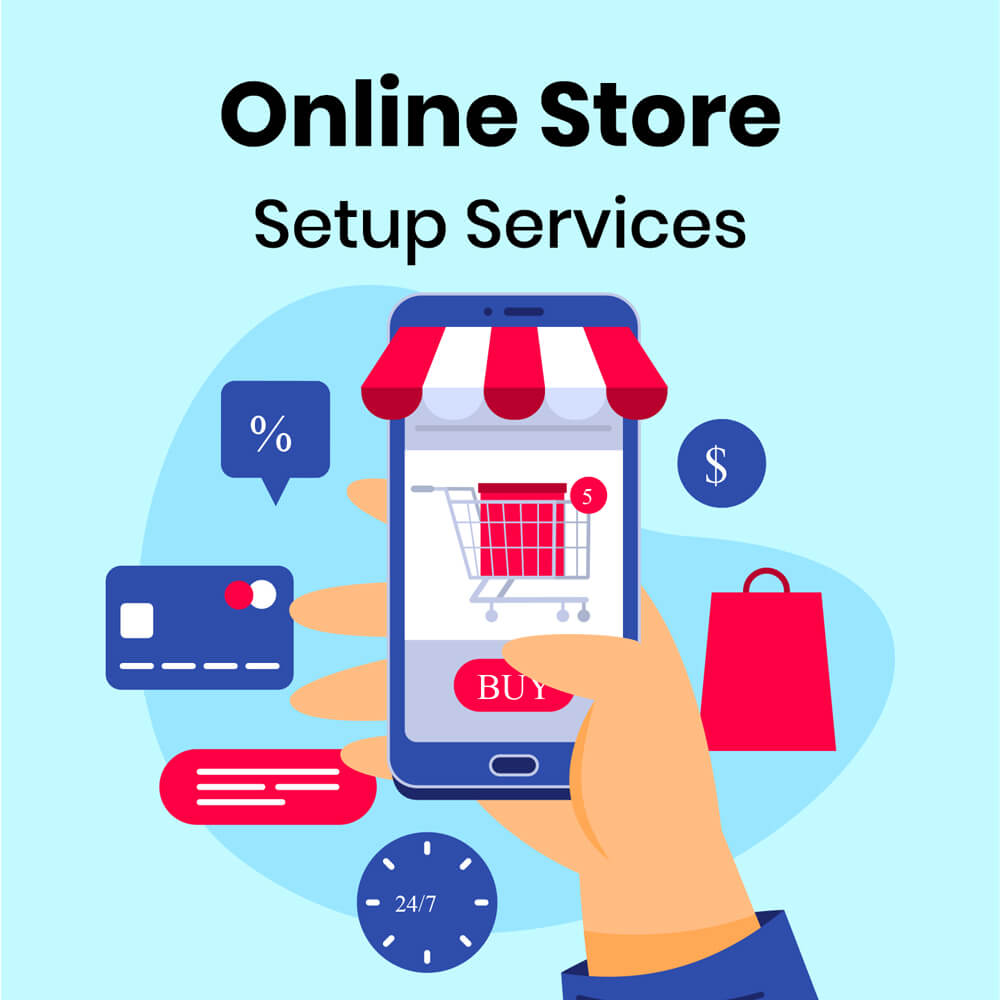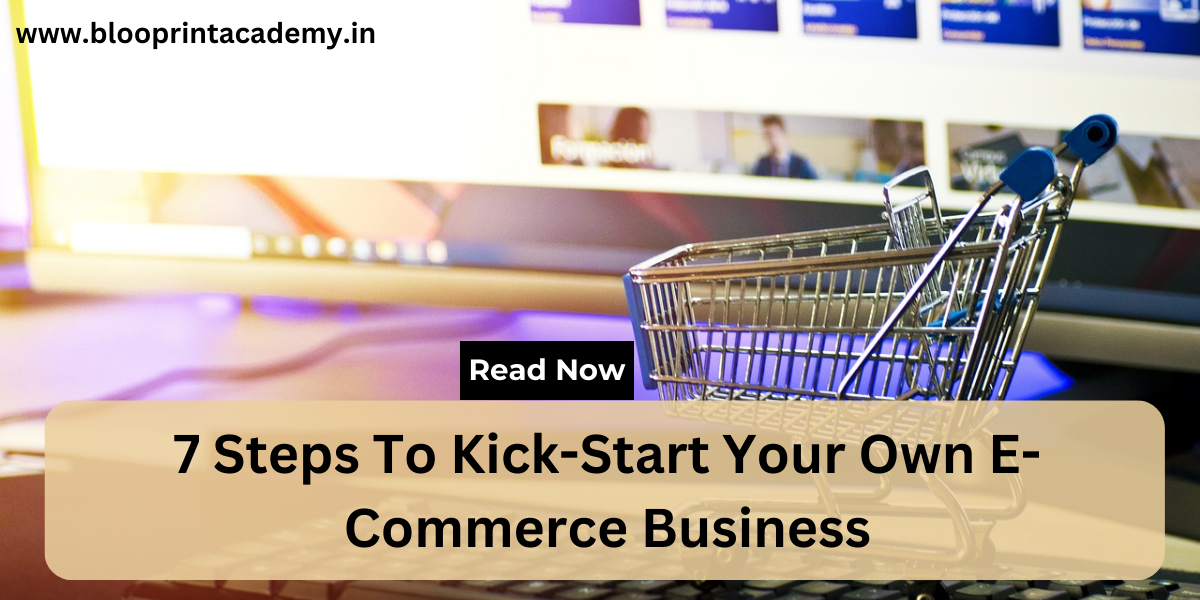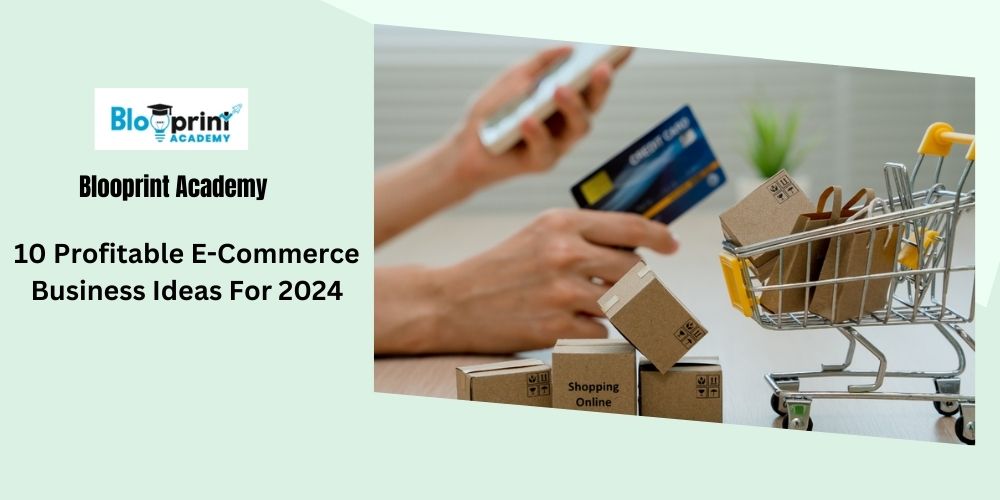
How to Start an Ecommerce Business in India: A Simple 7-Step Guide
Starting an e-commerce business can be an exciting and rewarding venture. Whether you plan to sell products on your own website or through popular marketplaces like Amazon and Flipkart, following a structured approach can set you up for success. Here are seven steps to help you kick-start your e-commerce business:
Step 1: Research and Choose Your Niche
The first step is to identify a niche that you are passionate about and has a market demand. Conduct thorough market research to understand the competition, target audience, and potential profitability of your chosen niche. Tools like Google Trends, keyword research tools, and competitor analysis can provide valuable insights.
Key Considerations:
- Identify Trends: Look for emerging trends in your industry. Stay updated with the latest developments to capitalize on new opportunities.
- Analyze Competitors: Study your competitors to understand their strengths and weaknesses. Identify gaps in the market that you can fill.
- Target Audience: Define your target audience's demographics, preferences, and purchasing behavior. Create detailed buyer personas to tailor your marketing strategies effectively.
Step 2: Create a Business Plan
A well-thought-out business plan is essential for your e-commerce venture. Outline your business goals, target market, product offerings, marketing strategies, and financial projections. This plan will serve as your roadmap, guiding you through the initial stages and helping you stay focused on your objectives.
Components of a Business Plan:
- Executive Summary: A brief overview of your business, including your mission statement and goals.
- Market Analysis: Detailed research on your industry, target market, and competitors.
- Business Model: Explain how your business will make money, including your pricing strategy, revenue streams, and cost structure.
- Marketing Plan: Outline your marketing and sales strategies, including advertising, social media, email marketing, and SEO.
- Operational Plan: Detail your logistics, supply chain management, and fulfillment processes.
- Financial Plan: Include your startup costs, projected income, expenses, and profitability analysis.
Step 3: Choose Your E-Commerce Platform
Decide whether you want to sell on your own website, marketplaces like Amazon and Flipkart, or a combination of both. Each platform has its pros and cons:
Selling on Your Own Website:
- Advantages: Full control over branding, customer experience, and data. Lower fees compared to marketplaces.
- Disadvantages: Requires more effort in driving traffic and managing technical aspects.
Also, Read - 7 Steps To Kick-Start Your Own E-Commerce Business
Selling on Marketplaces:
- Advantages: Access to a large customer base, established trust, and built-in traffic.
- Disadvantages: Higher fees, less control over branding, and dependency on platform policies.
If you need guidance on navigating these options, consider enrolling in the Best online e-commerce programs to gain valuable insights.
Step 4: Source Your Products
Decide how you will source your products. Options include:
Manufacturing:
- Pros: Full control over product quality, unique offerings.
- Cons: Requires significant investment and manufacturing expertise.
Wholesalers and Distributors:
- Pros: Cost-effective, reliable supply chain.
- Cons: Limited control over product quality and differentiation.
Dropshipping:
- Pros: Low-risk, no inventory management.
- Cons: Lower profit margins, potential supplier issues.
Step 5: Set Up Your Online Store

If you choose to sell on your own website, setting up your online store is the next step. Ensure your website is user-friendly, mobile-responsive, and optimized for search engines. Key elements to include are:
Essential Elements of an Online Store:
- Product Pages: High-quality images, detailed descriptions, and customer reviews.
- Payment Gateway: Secure and convenient payment options for customers.
- Shipping and Returns: Clear policies on shipping, delivery times, and returns.
- User Experience: Easy navigation, fast loading times, and a seamless checkout process.
Step 6: Market Your Business
Effective marketing is crucial to attract customers to your e-commerce store. Utilize a mix of digital marketing strategies to reach your target audience:
Digital Marketing Strategies:
- SEO (Search Engine Optimization): Optimize your website to rank higher on search engine results pages. Focus on keyword research, on-page SEO, and quality content.
- Social Media Marketing: Engage with potential customers on platforms like Facebook, Instagram, and Twitter. Create compelling content and run targeted ads.
- Email Marketing: Build an email list and send regular newsletters to keep your audience informed and engaged. Personalize your emails to improve open and click-through rates.
- PPC Advertising: Use pay-per-click advertising on Google and social media platforms to drive traffic to your store. Monitor your campaigns and adjust your strategies based on performance.
For those looking to deepen their understanding, ecommerce business course online can be an invaluable resource.
Additional Marketing Tactics:
- Content Marketing: Create valuable and informative content to attract and engage your target audience. Blog posts, videos, infographics, and tutorials can help build your brand's authority.
- Influencer Marketing: Partner with influencers in your niche to reach a larger audience. Collaborate on product reviews, giveaways, and sponsored content.
- Affiliate Marketing: Set up an affiliate program to encourage others to promote your products in exchange for a commission on sales.
Step 7: Monitor, Analyze, and Optimize
Once your e-commerce store is up and running, continuously monitor your performance. Use analytics tools to track key metrics such as traffic, sales, conversion rates, and customer behavior. Regularly analyze this data to identify areas for improvement and optimize your strategies accordingly.
Key Metrics to Track:
- Traffic: Monitor the number of visitors to your website and where they come from. Identify high-performing traffic sources and focus on scaling them.
- Conversion Rates: Track the percentage of visitors who make a purchase. Identify and address any obstacles that may be preventing conversions.
- Customer Acquisition Cost (CAC): Calculate the cost of acquiring a new customer. Optimize your marketing spend to reduce CAC.
- Customer Lifetime Value (CLV): Estimate the total revenue you can expect from a customer over their lifetime. Implement strategies to increase CLV, such as upselling, cross-selling, and loyalty programs.
To stay competitive, consider enrolling in the Best amazon seller training courses online.
Selling on Marketplaces like Amazon and Flipkart
If you choose to sell on marketplaces, follow these additional steps:

Create Seller Accounts:
- Registration: Register as a seller on Amazon and Flipkart. Provide the required documentation and complete the verification process.
- Compliance: Ensure compliance with the marketplace’s policies and guidelines. Understand the fee structures, including referral fees, closing fees, and subscription fees.
List Your Products:
- Product Listings: Optimize your product listings with high-quality images, detailed descriptions, and relevant keywords to improve visibility and attract customers.
- SEO for Marketplaces: Understand the search algorithms of each marketplace. Use relevant keywords, bullet points, and backend search terms to enhance your product’s discoverability.
Suggested - How to Start an ECommerce Business in 2024
Fulfillment Options:
- Self-Fulfillment: Manage inventory, packing, and shipping yourself. This offers more control but can be time-consuming.
- Fulfillment by Amazon (FBA) / Flipkart Fulfillment: Use the marketplace’s fulfillment services. They handle storage, packing, and shipping, allowing you to focus on other aspects of your business.
Advertise on Marketplaces:
- Sponsored Products: Utilize the advertising tools offered by these platforms to promote your products. Sponsored product ads can increase visibility and drive sales.
- Deals and Promotions: Participate in marketplace deals, discounts, and promotions to attract more customers and boost sales.
Manage Customer Service:
- Customer Support: Provide excellent customer service to build a positive reputation. Respond promptly to customer inquiries and resolve issues efficiently.
- Feedback and Reviews: Encourage satisfied customers to leave positive reviews. Monitor and manage feedback to maintain a high seller rating.
For hands-on experience, consider participating in an Ecommerce internship program in india.
Conclusion
Starting an e-commerce business requires careful planning, dedication, and ongoing effort. By following these seven steps and leveraging both your own website and popular marketplaces, you can establish a successful online presence and reach a wide customer base. Stay adaptable, keep learning, and continuously refine your strategies to stay ahead in the competitive e-commerce landscape.
With determination and the right approach, your e-commerce business can thrive and grow, bringing your entrepreneurial dreams to life. Happy selling! And don't forget to explore online ecommerce course in India to stay ahead of the curve. For those just starting, ecommerce courses for beginners can provide a solid foundation.




